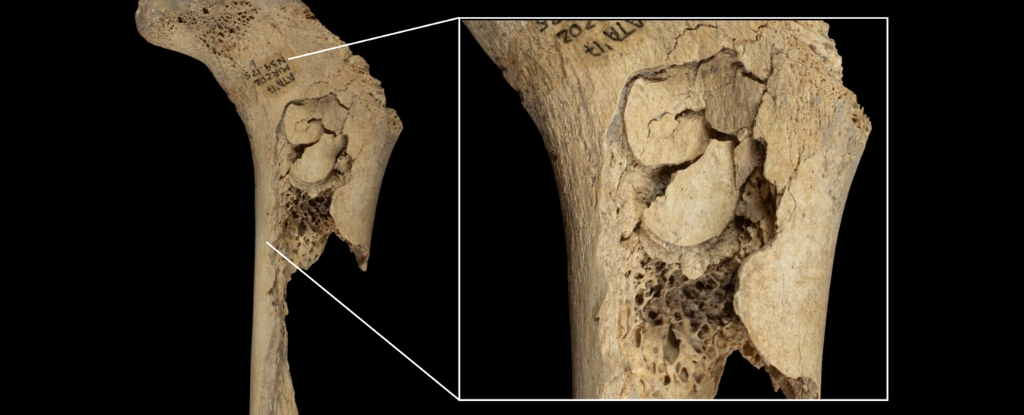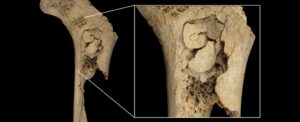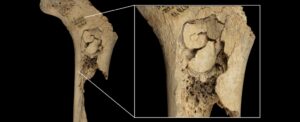
Archaeologists have uncovered compelling evidence of cannibalism among humans living on the Iberian Peninsula during the late Neolithic period, revealing a grim chapter in human history. The remains of at least 11 individuals, including children and adolescents, were found in the El Mirador cave in Sierra de Atapuerca, Spain. Analysis of the bones, dated between 5,709 and 5,573 years ago, indicates that they were not only consumed but also subjected to disarticulation, skinned, and cooked. This shocking finding suggests a possible act of social violence rather than a habitual practice.
In a study led by paleoecologist Palmira Saladié from the Catalan Institute of Human Paleoecology and Social Evolution (IPHES), researchers documented over 650 fragments of human bones that showed clear signs of what is termed “processing after death.” These alterations included cut marks consistent with defleshing and dismemberment, as well as signs indicating that the bones had been subjected to cooking. Notably, the evidence implies that this act of cannibalism occurred in a single, possibly isolated incident, rather than being a regular practice among these communities.
Insights from the Findings
The study highlights that all the individuals involved in this cannibalistic event were local to the area. Radiocarbon dating and strontium isotope analysis suggest that they died around the same time, indicating a violent episode likely resulting from conflict between neighboring agricultural communities. “This was neither a funerary tradition nor a response to extreme famine,” stated Francesc Marginedas, an evolutionary anthropologist and archaeologist at IPHES. “The evidence points to a violent episode, given how quickly it all took place.”
The implications of these findings are profound. This incident showcases the extreme measures that might be taken in response to inter-clan hostilities. According to Antonio Rodríguez-Hidalgo, an archaeozoologist at IPHES, “Conflict and the development of strategies to manage and prevent it are part of human nature.” He emphasized that historical records indicate that even in less stratified societies, violent acts could result in the consumption of enemies as a form of ultimate elimination.
A Broader Context of Cannibalism
The discovery at El Mirador contributes to a growing body of evidence suggesting that inter-group violence was prevalent on the Iberian Peninsula during the Neolithic era. This violence likely stemmed from territorial disputes and competition for resources as populations expanded. The remains indicate that cannibalism was a part of this violent landscape, serving as an extreme method to subdue adversaries.
Historically, cannibalism has been linked to various motivations, including survival and funerary rites. The researchers note that understanding the complexities of such behavior is challenging due to societal biases that often label it as barbaric. As Palmira Saladié pointed out, “Cannibalism is one of the most complex behaviors to interpret, given the inherent difficulty of understanding the act of humans consuming other humans.”
The research has been published in the journal Scientific Reports, furthering our understanding of cannibalism’s role in human history. The findings from El Mirador may reshape perspectives on the cultural and ritualistic interpretations of human remains and death in prehistoric communities. This site is pivotal for understanding not just the acts of cannibalism itself but also the societal contexts in which such extreme actions were taken.






